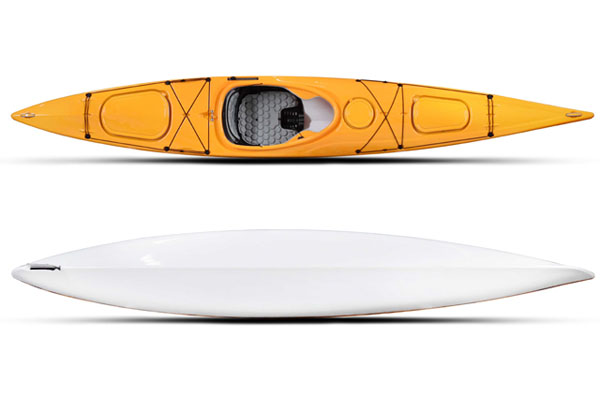Los fabricantes de kayak monoplaza te dicen que el kayak se divide en dos modalidades: kayak y remo. El kayak se originó a partir de un pequeño barco fabricado por el pueblo inuit de Groenlandia.. Este barco está envuelto en una estructura de hueso con piel de ballena y piel de nutria., y se rema con un remo con palas en ambos extremos. Hoy, follow the Single seat kayak manufacturer to learn about the classification of kayaks.

Clasificación de kayaks:
1. barco individual: 520 centímetros de longitud, 51 cm de ancho y 12 kilos de peso. Los eventos olímpicos incluyen hombres 500 metros (incluido en 1976), 1000 metros (incluido en 1936), y de mujeres 500 metros (incluido en 1948).
2. Barco doble: La eslora del barco es 650 cm, el ancho es 55 cm, y el peso es 18 kg. Las pruebas olímpicas incluyen los 500 metros masculinos. (listado en 1976), los 1000m (listado en 1936) y los 500m femeninos (listado en 1960).
3. Barco para cuatro personas: La eslora del barco es 1100 cm, el ancho es 60 cm, y el peso es 30 kg. Las pruebas olímpicas incluyen los 1.000 metros masculinos. (listado en 1964), los 500 metros femeninos (listado en 1984) and the 1000m (listado en 1992).
4. Obstacle turn: The manufacturer of Single seat kayak tells you that the athlete must cross or bypass the prescribed obstacles in the prescribed waterway in the rapids to reach the end point, and the one with the fewest deductions wins. The channel is 800 meters long with artificial and natural obstacles. Single seat kayak manufacturers tell you that artificial obstacles are door frames with a width of 90~120 cm, generally 25~30. You must pass through each door frame during the competition, and points will be deducted for collision or leakage. Both men’s and women’s singles obstacle slalom were listed as Olympic events in 1992.



